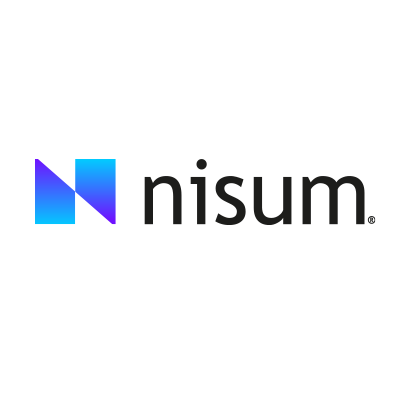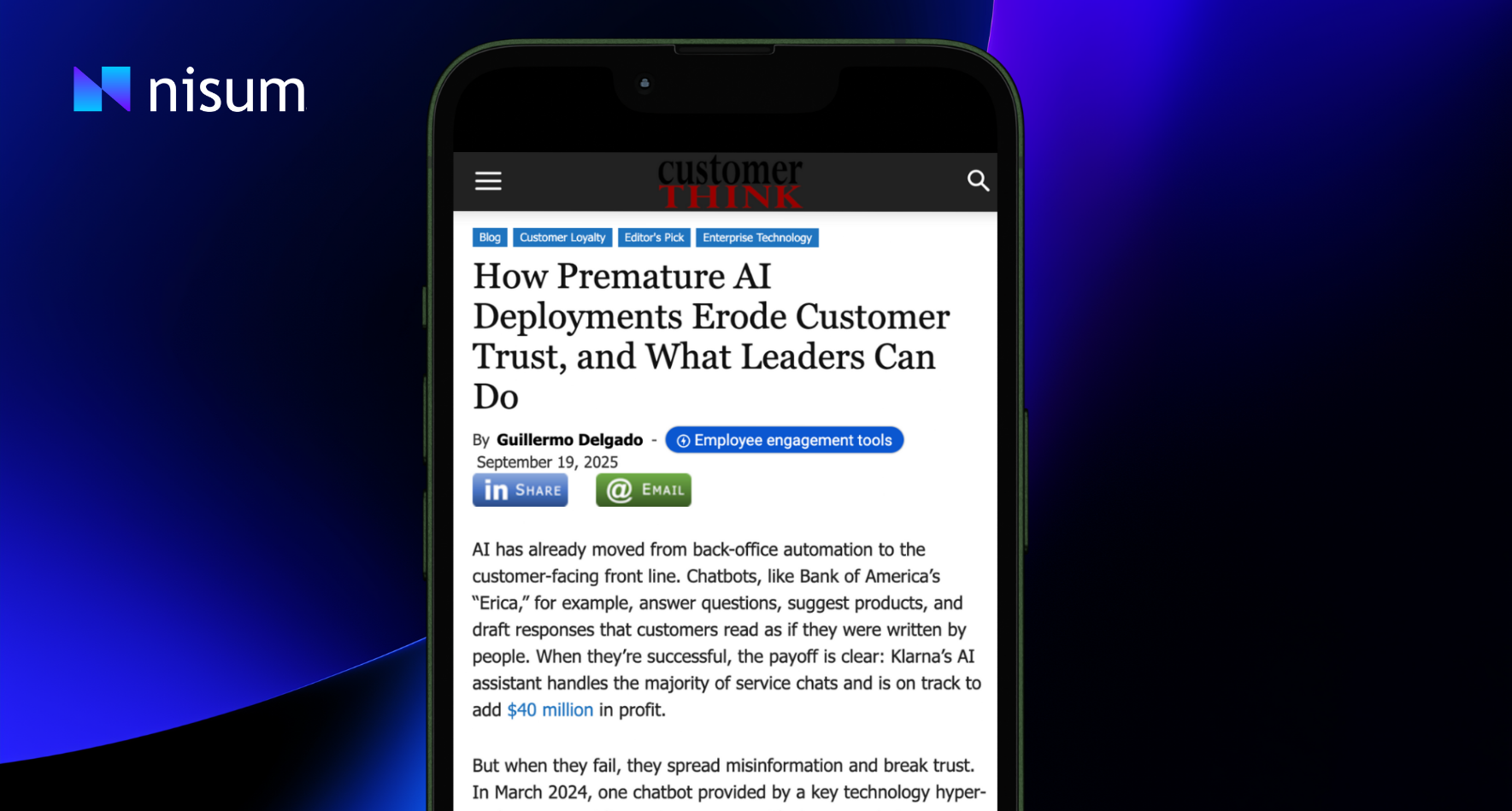
When HackerNoon published “Chile Weighs AI Regulation as Ethics and Innovation Collide,” it signaled more than a local discussion. Chile’s proposed AI regulation is one of the first in Latin America to strike a balance between rapid innovation and robust ethical guardrails. Yet this debate reflects a larger global question: how can businesses accelerate growth through AI while protecting fairness, privacy, and accountability?
At Nisum, we view this not as a legal issue but as a matter of readiness and leadership.
Defining Ethics in AI: A Business Perspective
AI ethics can sound theoretical, but its impact is concrete. For companies, it means ensuring that AI systems are:
- Fair: Decisions do not reinforce bias in hiring, lending, or customer engagement.
- Transparent: Stakeholders can understand how predictions or outcomes are reached.
- Accountable: There is human oversight and governance for critical systems.
- Private: Sensitive customer data, especially in retail and financial services, is protected.
- Human-centered: Technology supports human judgment, not replaces it.
In practice, ethical AI builds trust, which is the foundation of every strong business. Whether a retailer uses personalization algorithms or a financial institution automates credit scoring, AI-driven solutions must strike a balance between precision and fairness.
From Chile to North America: A Global Convergence
Chile’s draft AI law, partially inspired by the European Union’s AI Act, classifies systems by risk level: unacceptable, high, limited, or minimal. High-risk systems, such as those affecting safety or human rights, would require transparency, documentation, and human oversight.
Other regions are also shaping their approaches:
- European Union: The AI Act, expected to take effect in 2026, defines obligations by risk and sets penalties comparable to GDPR.
- North America: The United States and Canada favor a more flexible, sector-based model. The U.S. Executive Order on Safe, Secure, and Trustworthy AI and the NIST AI Risk Management Framework promote voluntary adoption, while the FTC and CFPB are already enforcing AI-related consumer protection.
- Asia: Singapore’s Model AI Governance Framework offers practical guidance focused on accountability and explainability.
- Latin America: Chile leads with this proposal, while Brazil is advancing similar discussions through its national data protection law, which mirrors aspects of Europe’s GDPR.
Across these regions, one principle is consistent: AI innovation must be governed by trust, transparency, and accountability.
Why Companies Should Act Before Regulation Arrives
Waiting for formal regulation is no longer viable. By the time rules are enforced, most enterprises already have multiple AI systems in production. The smarter approach is to embed compliance and governance into the design stage.
In retail, this means validating that recommendation or pricing algorithms don’t create unfair outcomes.
In finance, it means ensuring auditability in credit decisions and fraud detection.
For every industry, responsible AI adoption is becoming a competitive advantage, not a constraint.
A Practical Framework for Responsible AI
To help leaders translate principles into action, here’s a five-pillar structure that can guide AI strategy and governance:
|
Pillar |
Business Value |
Practical Actions |
|
1. Purpose and Risk Clarity |
Align AI initiatives with strategic goals and acceptable risk levels. |
Map current AI use cases and define clear criteria for acceptable and high-risk applications. |
|
2. Data Integrity and Lineage |
Build confidence in AI outputs. |
Document data sources, validate quality, and regularly test for bias or model drift. |
|
3. Governance and Accountability |
Ensure oversight before laws require it. |
Create internal review boards, assign model owners, and track decision-making processes. |
|
4. Transparency and Explainability |
Strengthen trust with customers and regulators. |
Provide documentation of model logic and make results interpretable to non-technical stakeholders. |
|
5. Human-Centered Design |
Support adoption and reduce risk. |
Keep human oversight in critical systems and train teams on when and how to intervene. |
This framework turns ethical design into a management tool, making responsible innovation measurable and scalable.
From Compliance to Confidence
Chile’s debate is a reminder that regulation is not the opposite of innovation. It is the natural next step when technology outpaces governance.
Enterprises that invest early in AI strategy, AI consulting, and enterprise AI solutions will not just comply with future laws—they will shape them.
Because in the era of Agentic AI and intelligent automation, leadership isn’t defined by how fast you innovate, but by how responsibly you scale.



